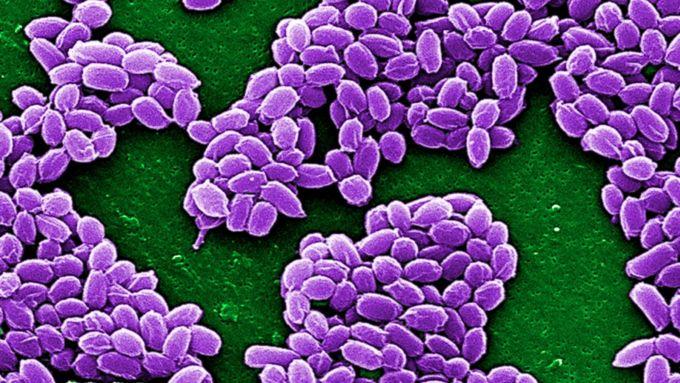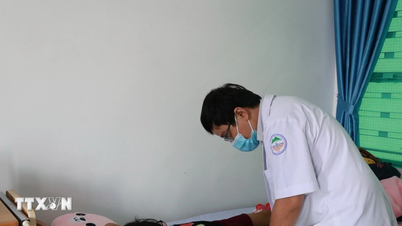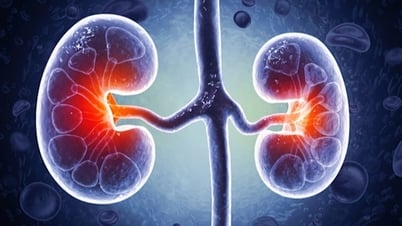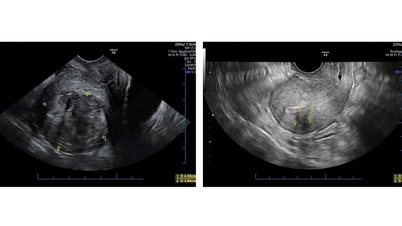Anthrax is a serious infectious disease that, when progressed, can cause shock, multiple organ failure, meningitis, and even death.
In the past three weeks, the Dien Bien Department of Health has recorded 14 patients with anthrax, one of whom had an unknown source of infection. All were monitored and given prophylactic antibiotics, with no deaths. Authorities have isolated 132 people who came into contact with the patients and are monitoring them.
On June 6, Dr. Than Manh Hung, Deputy Head of the Emergency Department, Central Hospital for Tropical Diseases, said that anthrax is a re-emerging infectious disease, often found in livestock, wild animals and humans.
The main causative agent is Bacillus anthracis bacteria that can produce spores. Bacterial spores This It is very long-lasting, considered as "armor" in the natural environment, has the ability to withstand heat and is resistant to some disinfectants.
"However, anthrax is caused by bacteria, not a virus, so it is difficult to become a pandemic, but only a sporadic outbreak that is difficult to spread," the doctor said.

Anthrax bacteria. Photo: ABC
According to the Ministry of Health , anthrax is classified as group B in the Law on Prevention and Control of Infectious Diseases. The disease is transmitted through the skin, which is the most common and least dangerous form. When in contact with sick animals and their waste, or directly slaughtering dead animals (due to anthrax), anthrax spores can enter the human body through scratches or open wounds on the skin.
The disease is transmitted through the digestive tract by eating raw or undercooked meat from infected animals. It can also be transmitted through the respiratory tract.
Typical signs are subcutaneous lesions, itching, infection like insect bites. The wound then swells, blisters and develops into a black ulcer. The ulcer is usually painless, if it is painful it is due to swelling or secondary infection. The head, arms and hands are the most commonly affected areas. The ulcer can be mistaken for dermatitis.
After the incubation period, the patient begins to show dangerous symptoms such as high fever with chills, cyanosis, difficulty breathing, profuse sweating, headache, more severe cases include sepsis, nephritis, meningitis, systemic poisoning, and even death. Patients with anthrax are often treated with prophylactic antibiotics given orally or in combination with intravenous infusion.
Doctors advise people not to come into contact with, slaughter, or eat sick animals. People who frequently come into contact with sick or dead animals (of unknown cause) should wear boots, rubber gloves, long pants, and long-sleeved shirts, and avoid contact with exposed or damaged skin. After contact with animals, people should wash their hands and any exposed skin with soap and running water.
In slaughterhouses, people need to keep clean and well ventilated. Workers should maintain regular health checks. Use protective clothing and appropriate toilets for bathing and changing clothes after work. Regularly check water and waste from animal processing plants to prevent disease.
Animals that have died from anthrax should be properly disposed of. After deep burial, the carcasses should be covered with lime powder to disinfect them and prevent the spread of the bacteria.
When a family member shows signs of anthrax, take them to the nearest medical facility for timely treatment.
Minh An
Source link





































![[Photo] Binh Trieu 1 Bridge has been completed, raised by 1.1m, and will open to traffic at the end of November.](https://vphoto.vietnam.vn/thumb/1200x675/vietnam/resource/IMAGE/2025/10/2/a6549e2a3b5848a1ba76a1ded6141fae)



































































Comment (0)